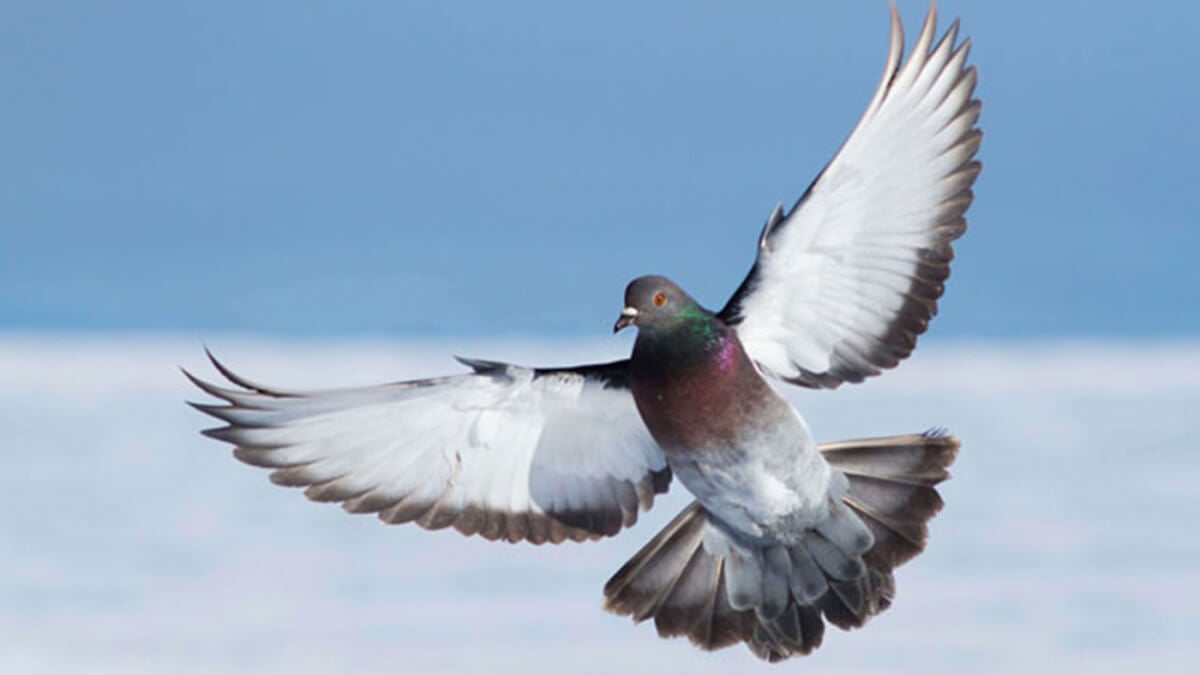- Savage Blog
- Pigeon Hunting Primer - Improve your skills
Pigeon Hunting Primer - Improve your skills

Three hunters wait motionless in their layout blinds as they stare down two dozen circling birds. After lingering just out of range, the birds commit, backpedaling down into the spread. Then the silence shatters as the hunters emerge, shotguns popping and birds dropping. But it's not an ice-rimmed autumn morning and these birds aren't greenheads or geese. It's a sticky August afternoon and the traffic of a sprawling suburb hums just a few beanfields past the decoy spread. The hunters are wearing t-shirts and jeans, and swat mosquitoes between flocks of an unlikely, but surprisingly untapped bird, the common pigeon. Pigeon hunting can be a fun way to improve your skills and work out kinks in your form.
Why Hunt Them?
Although bad-mouthed as barn rats, pigeons are plentiful, can be hunted year-round and offer a great way to work out kinks in your shooting form before the "real" fall hunting seasons begin. They're even surprisingly good to eat if you can ditch the mental image of pigeons huddled under freeway overpasses. After all, farm-country rock doves feed on the same stuff your favorite gamebirds do.
Plus, while you might not get permission from a farmer to hunt geese, ducks, doves or pheasants, you'll hear "yes" a lot more if you ask to shoot pigeons instead. Play your cards right on those hunts and you might open doors for hunting more traditional gamebirds down the road.
How To Do It
Pigeon hunting techniques are just simplified versions of what you'd use to field-hunt ducks or geese. Locate a spot where birds are feeding, then set a simple spread of a few pigeon decoys, doves or even duck dekes will work in a pinch along with a spinning-wing or two. Although concealment isn't as crucial as it would be for waterfowl, layout blinds placed upwind of the spread will keep hunters hidden, comfortable and in the best position to shoot.
Another bonus: You don't need to punch an alarm and set up decoys and blinds in the ink-black predawn hours for this hunt. Mid-afternoon pigeon shoots are often most productive.
Gear Up To Bring Birds Down
Pigeons don’t fly with the grace and speed of doves, nor do they stretch the limits of shotgun range like hard-hunted snow geese. But they will test your shooting abilities, which is why it helps to settle into a layout blind with a fast-handling shotgun like the Stevens 555. Its lightweight aluminum receiver is scaled to gauge and incorporates a steel insert that reinforces the breech, minimizing weight and maximizing strength.
In addition to the standard 12- and 20-gauge models, the sleek over-and-under is available in 28 gauge, and 410—perfect options for pigeons.

And if you want to add a little style to your pigeon shoot, there’s also the 555 E . It’s just as light and easy to handle as the original but features an Imperial walnut stock and fore-end, auto shell ejector and laser-engraved Filigree ornament receiver. Its five interchangeable choke tubes let you customize the gun to fit your shooting needs—such as reserving an improved cylinder choke for the first barrel and keeping a full choke in the other for a longer shot on a second bird.
Whichever model you choose, feed it with Federal Premium Hi-Bird shotshell loads. The powerful shells use specially formulated lead alloy pellets that hit birds harder downrange and provide more uniform patterns. They’re also equipped with new wad technology that significantly reduces felt recoil—a plus considering one of the best parts of pre-season pigeon hunts: You’ll shoot a lot of them!

